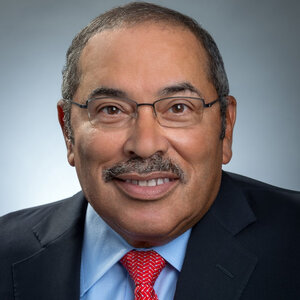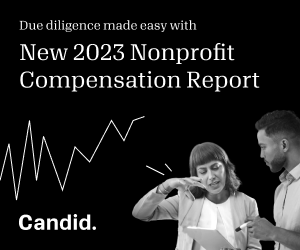3 Lessons learned from impact investing collaborations

Minnesota is home to many vibrant communities and thriving businesses; it is also home to one of the most significant racial wealth gaps in the nation. Poverty rates for African American and Indigenous residents are at least three times higher than those for white residents, according to the University of Minnesota. Over the last 80 years, the homeownership rate for Black, Indigenous, and people of color (BIPOC) households in Minnesota has declined, from 46 percent in 1940 to 44 percent in 2019, while that of white families have steadily risen, from 55 percent to 77 percent, according to the Federal Reserve Bank of Minneapolis.
It became clear to the Minnesota Council on Foundations (MCF) and many local foundations that BIPOC communities in the state had little access to capital. And they decided to do something about it. In the spring of 2017, MCF and several Minnesota foundations announced a first-of-its-kind impact investing collaborative called Minnesota Impact Investing Initiative (MI3). Minnesota foundations—led by the McKnight and Bush foundations and the Otto Bremer Trust—invested nearly $20 million into a fixed-income investment strategy managed by RBC Global Asset Management (RBC GAM), whose U.S. headquarters is in Minneapolis. The MI3 collaboration was designed so that any investor could invest in its fixed-income investment strategy, with the aim of supporting community development for underserved communities while earning a potential return for investors. The money sourced loans for small business development, helping to finance healthcare facilities and housing for low-income residents.
Fast forward five years: This impact investing collaboration is now viewed as a success story of supporting homeownership, healthcare facilities, and small business loans in BIPOC communities across Minnesota. And that success has now been replicated in other areas of the country, including California and New Mexico, which have similar racial wealth gaps.
Here are three lessons learned from our work with MI3:
Lesson 1: Foundations will come together for those in need
It became apparent that if you build an investment program, mission-driven investors will come together to support it. After several MCF members invested almost $20 million into MI3, many additional foundations across the state soon became involved as well.
After five years, over $112 million has been invested, expanding access to entrepreneurship, health care, and housing for low-income and BIPOC communities.
Having the established MI3 collaboration in place helped investors come together to realize that they could drive community development while earning a competitive return on their investment.
Lesson 2: Impact investing makes an impact
The MI3 collaboration confirmed that measurable outcomes can be achieved over a five-year span. The investments made through initiative have spanned 32 counties in Minnesota and has funded 560 affordable homes and a dozen affordable multi-family projects for low-moderate income (LMI) families, defined as those earning less than 80 percent of the area median income. Eighty-two percent of the affordable properties are located in BIPOC neighborhoods, while 81 percent of the recipients are women-headed households. In addition, the MI3 has funded small business loans averaging $250,000 and financed healthcare facilities supporting 200 nursing home beds.
Lesson 3: Impact investing collaborations can be replicated
Since MI3 was established in 2017, various impact investment collaborations have been created across the country to bring investors together to support communities. In February 2019, Philanthropy Northwest launched an impact investing collaborative to bring impact investment dollars to underserved communities in Alaska, Idaho, Montana, Oregon, Washington, and Wyoming. In September 2020, Philanthropy California created the Philanthropy California Investment Collaborative, raising an initial $100 million for communities across the state. The trend continued in October 2021, when a group of New Mexico investors raised $11 million—the first chunk of an anticipated $100 million—for Groundworks New Mexico’s Local Impact Fixed Income Targeted Investment New Mexico fund, dubbed “LIFT New Mexico.” All the money in these programs is invested into a fixed income investment strategy managed by RBC Global Asset Management, which has led to community development.
So we have learned over the past five years that, like in the movie Field of Dreams, “if you build it, they will come.” MI3 is a success story that has led to a community movement to end the racial wealth gap in Minnesota and other states. This program, and those like it, take a unique approach to providing access to capital for those who most need it. By creating an impact collaboration in your city or state, philanthropic funders can find a way to make a difference in their communities.
Ron Homer is chief strategist for U.S. Impact Investing at RBC Global Asset Management.






